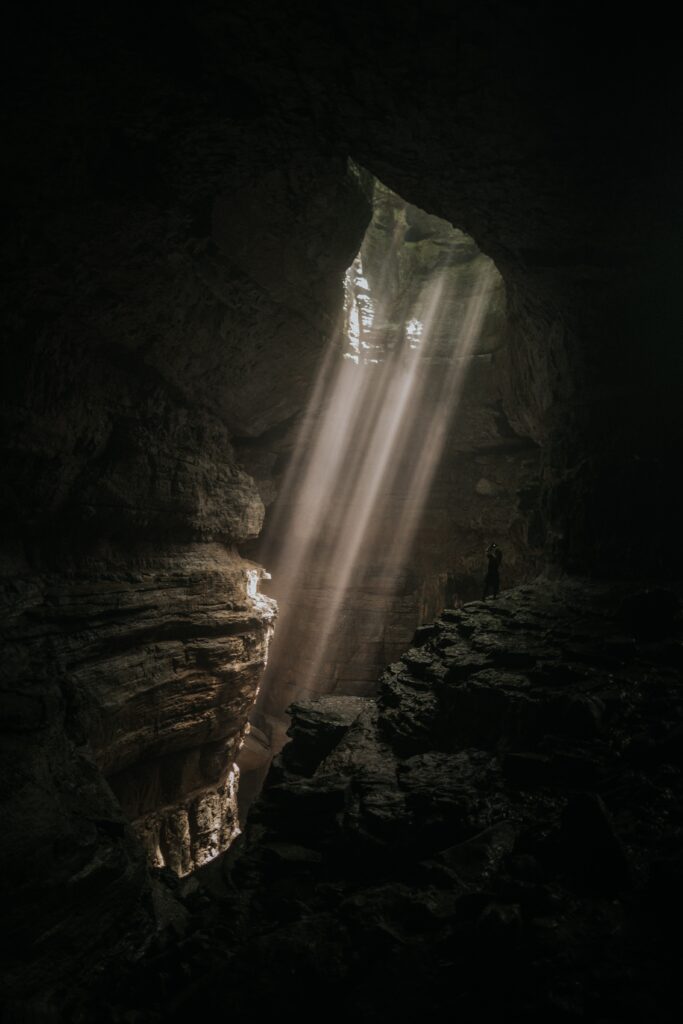Anyone who listens to my teaching and follows it is wise, like a person who builds a house on solid rock. Though the rain comes in torrents and the floodwaters rise and the winds beat against that house, it won’t collapse because it is built on bedrock. But anyone who hears my teaching and doesn’t obey it is foolish, like a person who builds a house on sand. When the rains and floods come and the winds beat against that house, it will collapse with a mighty crash. Matthew 7:24-27 CEB 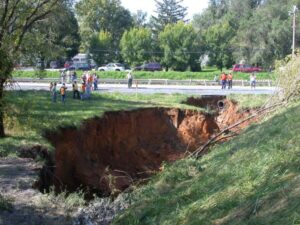
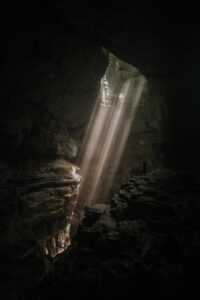
Considering the amount of rapidly falling rain we’ve been receiving and the nature of our southwest Missouri topography, it seems an appropriate time to dig a little deeper, if you will, into the phenomenon of the dreaded “sinkhole”. You’ve all heard of them and when we shop for a home in this region, it’s a very good idea to make oneself aware of any sinkholes in our area of choice.
To understand the sinkhole, let’s look to the makeup of our topography, which is known as “Karst,” from the original Kras region on the border between Slovenia and Italy, one of only a few regions in the world, along with our midwestern US, where this phenomenon is found. Its history is very old and exists where uplifts have occurred in the earth’s surface and where there are large deposits of porous limestone or dolomite. As slightly acidic ground water travels around rocks it dissolves the soft stone away and creates a natural drainage system. As the cracks widen, they become small caves with what are referred to as “losing streams” flowing through them. If you happen to be hiking alongside a stream in the Ozarks and it suddenly seems to end, it is likely just disappearing underground into an interconnected system of caves and may eventually emerge again as a spring.
These underground pockets of water can be useful when harnessed by a pump to provide clean water for human consumption. Still, they can also be treacherous if the layers of soil above them become weakened and collapse, and thus the “sinkhole” is formed. Sinkholes may appear anywhere in the Karst regions or our world, in an open field, or near the foundation of a home.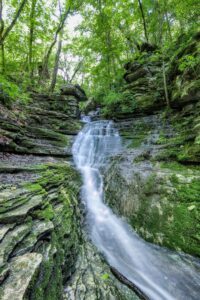
Missouri isn’t known as the “cave state” for no reason. According to the Missouri Department of Conservation, there are some 7,000 caves in our state and, you guessed it, most are south of I-70 and west of the Bootheel. We are unique here in the Ozarks and are known for the beauty of our caves, streams, and springs. Sinkholes are an inevitable part of that system as well.
All this talk of collapsing earth and sinkholes reminds me of the song we sang when I was a child in Sunday School, the one about the foolish man building his house on the sand. The rains came and the winds howled, and that house came tumbling down. On the other hand, the wise man built his house upon the rock and the floods and wind could not destroy his house. Whether we refer to literal houses or spiritual ones, we must survey the terrain we inhabit to be sure it is attached to a firm foundation.
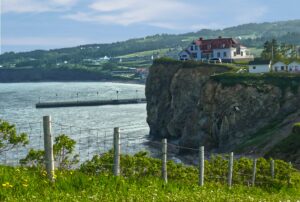 Many areas of our country have “reclaimed” land from the sea by dredging and building upward. But one thing I’ve learned about water in all the places I have lived is that it will have its own way. Whether you live near the ocean where waves rearrange the sand at your doorstep or inland, where water rushes silently underground creating fissures, then caves that can collapse, we’re all vulnerable to its power. Enough water, the right amount of time, directed toward a specific target can decimate anything man can build. But, in God’s hands, a single word can silence a torrent.
Many areas of our country have “reclaimed” land from the sea by dredging and building upward. But one thing I’ve learned about water in all the places I have lived is that it will have its own way. Whether you live near the ocean where waves rearrange the sand at your doorstep or inland, where water rushes silently underground creating fissures, then caves that can collapse, we’re all vulnerable to its power. Enough water, the right amount of time, directed toward a specific target can decimate anything man can build. But, in God’s hands, a single word can silence a torrent.
So….where did you say you want to build your house?

